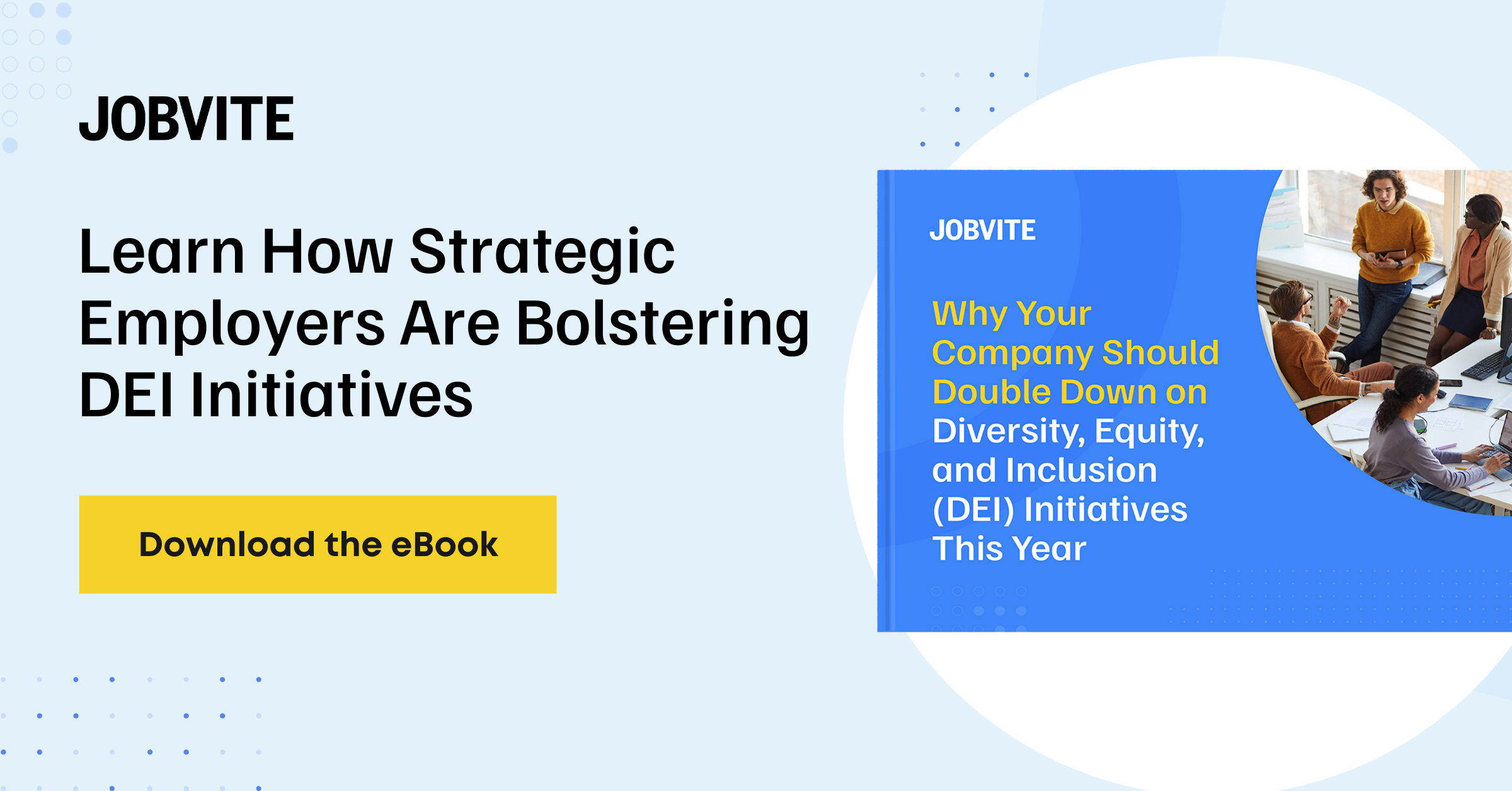March 8 is International Women’s Day (IWD) across the globe. It’s a day to recognize and acknowledge the incredible achievements of women socially, economically, culturally, and politically. And it’s both a cause for celebration and an opportunity to acknowledge how much work still remains to bring true equity for women everywhere.
The theme of IWD 2024 is #InspireInclusion to help forge a better, more inclusive world for women. Join in to celebrate women’s achievement, raise awareness about discrimination, and take action to drive gender parity.
On this International Women’s Day, let’s recommit ourselves to inspiring inclusion for women by creating better working environments, where everyone feels included, respected, and empowered to reach their full potential.
While this celebration takes place annually, IWD recognizes the focus of its efforts must occur year-round and requires a commitment of people and companies working together to promote the advancement of women daily.
As a woman, a mother, a wife, and a member of the labor force, I am thrilled to be part of this year’s celebration. I’d like to take this opportunity to acknowledge the challenges we face collectively and the steps we can take to support women and advance their outlook in organizations today. Let’s first take a look at the participation of women in the U.S. labor market.
Looking at the state of women in the workplace
When the pandemic struck, more than two million women dropped out of the labor force virtually overnight. Now, four years later, the number of women working has almost fully recovered. The U.S. Department of Labor reports that the labor force participation rate of women is 57.5% as of January 2024, back to pre-pandemic levels.
While this represents a positive step for companies and working women everywhere, the fragility of women’s participation in the workforce was on full display, and the gains over the past 50 years were eliminated almost instantly.
So, what can employers do to move toward greater inclusion and support of women in the global workforce?
In the spirit of International Women’s Day, let’s strive for greater opportunities that support women where they are. Here are three areas where organizations can take specific actions to achieve greater inclusion and equity for women from all walks of life.
How to effectively support women in your organization
#1: Recognize the care burden
A friend of mine once said women today are expected to work like they have no caregiving responsibilities and to serve as caregivers like they have no work. This paradox represents the reality many women are facing today.
As a woman in the workforce, I have experienced first-hand the challenges of being a caregiver to children, once being forced to reduce my own work from full-time to part-time to keep up with the demands of both roles.
According to the Fidelity Investments American Caregivers Study, female caregivers who are also employed either full or part-time spend an average of 36.2 hours each week on caregiving, 35% more than men.
The same is true in caregiving for adults. Women are the predominant caregivers for the elderly, according to the National Center for Biotechnology Information, accounting globally for between 57% to upwards of 80% of all caregiving for the elderly.
And according to the same Fidelity Investments Study, this had a great impact on a caregiver’s ability to work. Thirty-three percent permanently lost or reduced their source of work income, and 24% fear this may be a long-term solution.
Understanding that the burden of caring for others is real to women and has a tangible impact on them is the first step toward greater equity — not only within companies today, but in overall society.

#2: Provide flexible work and supportive programs
Addressing the burden that falls on women starts by creating a culture of inclusivity, flexibility, and accommodation.
First, in relation to the caregiver burden, organizations can actively establish — and promote — flexible work hours, supportive leave policies, remote and hybrid work options, mental health services, counseling, and other employee assistance programs that directly affirm women in their roles and achieve greater equity.
The Fidelity study further reported that “64% of working caregivers said they had not asked their employer whether specific benefits or flexible work options were available,” but of that 36% who did ask, “61% reported their employer was willing to work to accommodate their needs.”
This indicates the importance of actively having conversations and promoting these programs visibly within the organization.
Second, ensure that your company takes an active role in developing and promoting Diversity, Equity, Inclusion and Belonging initiatives.
According to Employ data, 45% of workers want their employer to have an active voice in moral and social justice conversations. Nearly two in five (38%) would turn down a job offer if the company lacked diversity in its workforce or had no clear goals for improving diversity.
Create a welcoming environment that is inclusive for all walks of life — from age, race, sex, gender, religious affiliation, parental status, disability status, military status, and neurodivergence. Also, create opportunities for women in underrepresented sectors.
Lean In reports that in 2023, one in five women indicated they were often the only woman or one of the only women in the room at work, and this is twice as common for senior-level women and women in technical roles.
It’s time for employers to actively address the lack women in these roles, and at the same time, to address the tangible pay gap that exists for equal roles. According to Bureau of Labor Statistics data, women earn just 82 cents for every dollar a man earns.
Creating an environment where women feel welcome, supported, and recognized for their contributions both within the organization — and outside of work — will pay dividends for employee engagement, loyalty, productivity, and innovation.
#3: End the employment gap bias
One inherent bias that exists for employers today is generalizing employment history gaps for those individuals seeking work. Long gaps in work service are seen as negative to organizations and may blind them to potential talent who were fulfilling home or familial obligations in a system that does not support caregivers.
The Fidelity Investments Study found that 33% of caregivers permanently lost or reduced their source of income and, on average, women spend 3.6 years longer than men providing care for their loved ones.
This is the point at which the gap in work history becomes much harder to overcome. In fact, one study suggests interview chances significantly decreased for applicants with work gaps of three or more years.
For women wanting to re-enter the workforce, particularly after a long pause, organizations must proactively support hiring women despite longer career breaks.
They should advocate for systems and structures that support the demands placed on women and demonstrate their commitment to the value women add to the workforce.
Let’s celebrate today, then get to work
International Women’s Day offers the moment organizations need to rally together, showcase the achievements of women, and support them in their efforts to create a more accepting, welcoming, and progressive workplace.
Let’s dig in and do the work together. Let’s see employers inspire inclusion by providing opportunities that support women in their jobs and in their lives.





